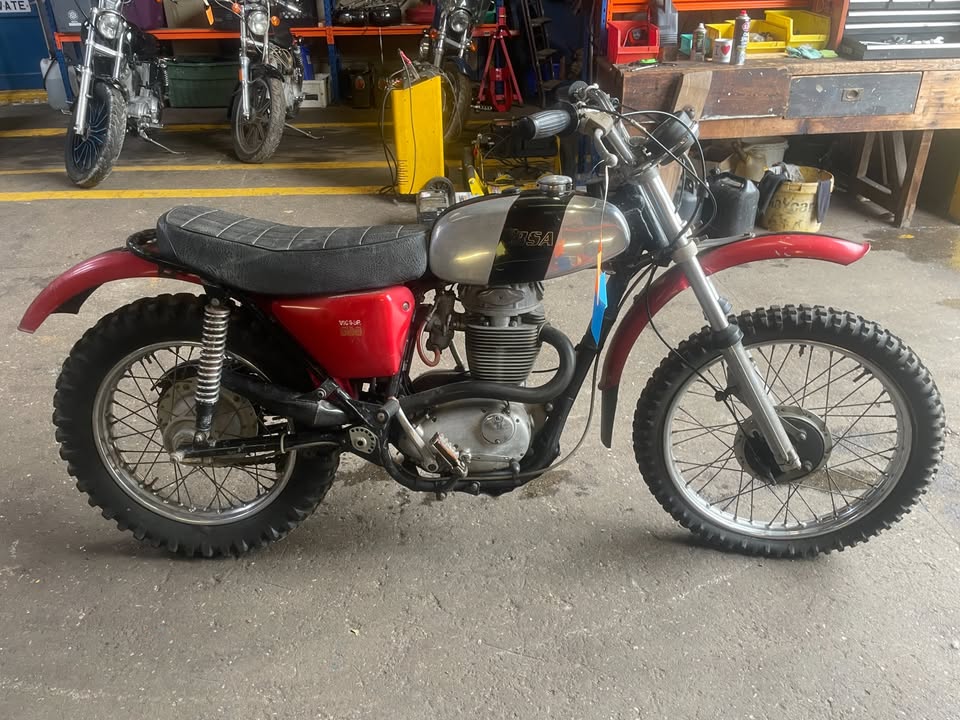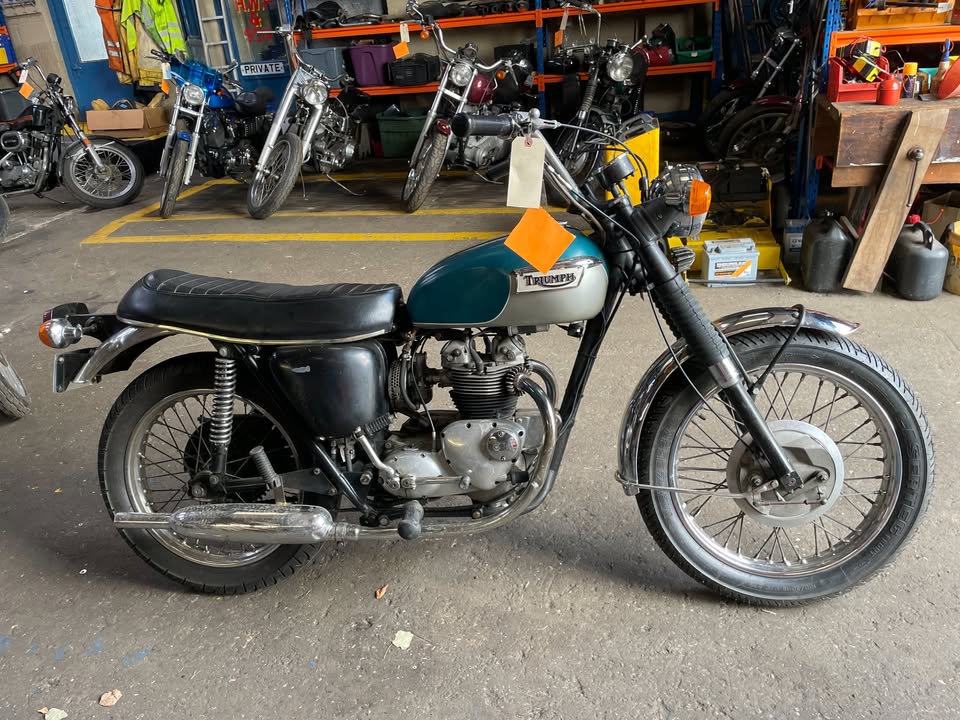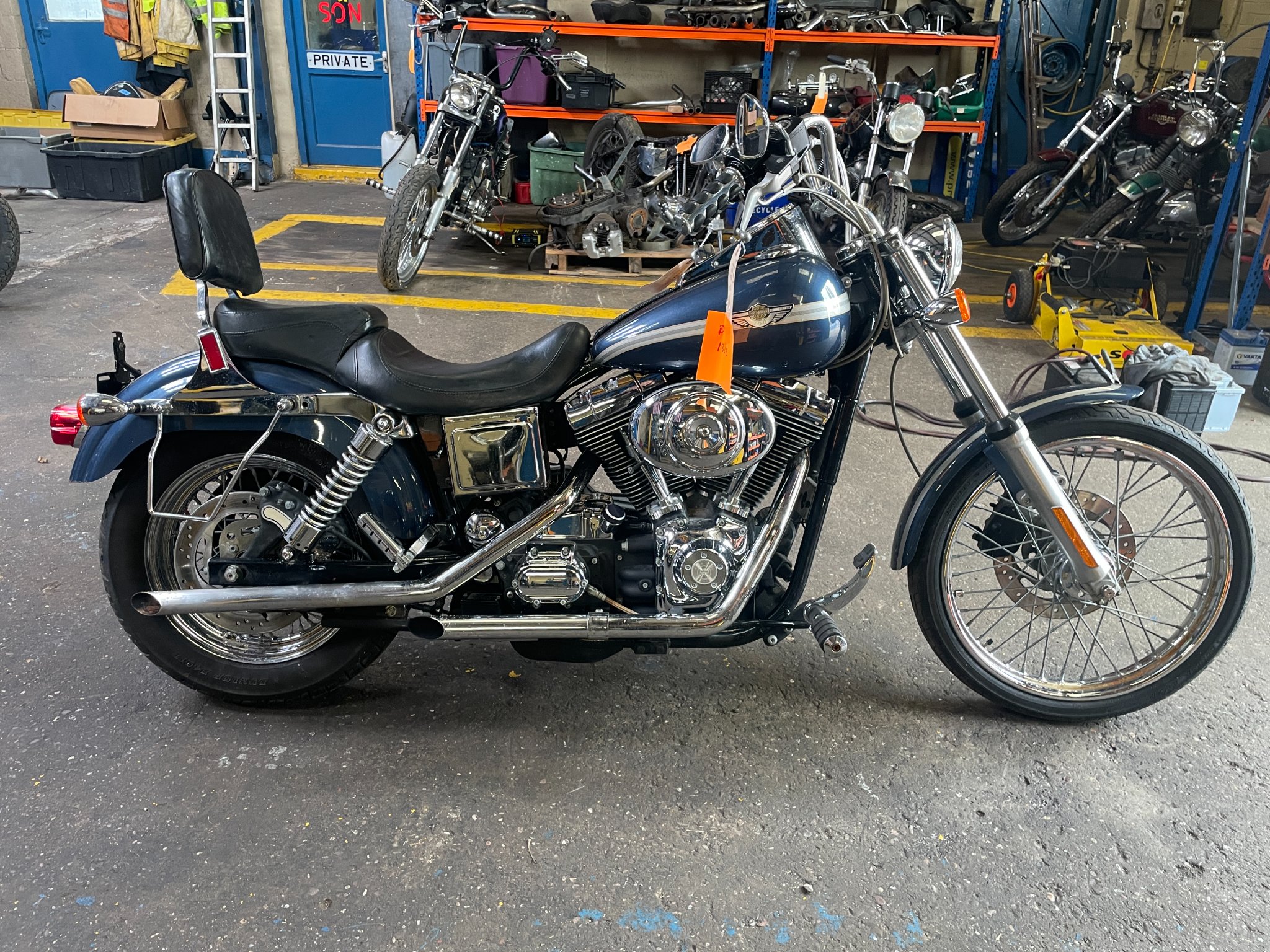Classic and Classy Motorcycles Ltd
Vintage and Classic Motorcycle Importers
1971 BSA B50T Victor 500cc Project Ref 1533

The 1971 BSA B50T Victor 500cc: The Last Roar of a Classic British Thumper
Historical Context
By 1971, the British motorcycle industry was facing immense pressure from emerging Japanese manufacturers, and BSA (Birmingham Small Arms Company) was trying to adapt. The BSA B50T Victor 500cc was one of the final iterations of BSA’s long-standing single-cylinder line. Originally derived from the B44 Victor and rooted in BSA's successful off-road and competition bikes, the B50T was designed with American dirt track and trail riders in mind. "T" stood for "Trail," and the bike was styled to resemble scramblers, offering light weight and rugged simplicity. Though the B50 series would be short-lived—discontinued just a few years later—the B50T stands as a last attempt to bridge competition credibility with on-road capability in a British single.
Technical Specifications and Performance
• Year: 1971
• Make: BSA
• Model: B50T Victor
• Engine Displacement: 499cc
• Engine Type: Air-cooled, single-cylinder, OHV four-stroke
• Compression Ratio: 9.5:1
• Power Output: Around 34 horsepower
• Transmission: 4-speed manual
• Fuel System: Amal concentric carburetor
• Braking System: Drum front and rear
• Fuel Capacity: Approximately 2.5 gallons
• Dry Weight: Around 310 pounds
• Top Speed: Approximately 85 mph
Technical Advancements
The B50T represented a technical refinement over its predecessors. Its alloy cylinder barrel reduced weight and improved heat dissipation, while the strengthened bottom end and improved oiling system offered better durability. The bike used an energy transfer ignition system, removing the need for a battery, which made it well-suited for off-road use. The frame was redesigned for better ground clearance and more modern geometry. These updates made the B50 more reliable and competitive in off-road scenarios, though vibration and kick-start difficulty remained concerns for many riders.
Riding Character and Experience
Riding the BSA B50T was an exercise in classic British single-cylinder character. With strong low-end torque and a tall stance, it was capable off-road and adequate on pavement. The wide handlebars, high exhaust, and lack of electric start reinforced its rugged trail-bike image. The bike's light weight and simplicity were advantages, though high vibration and a stiff kickstarter made it more suitable for experienced riders. It found a niche with enthusiasts who appreciated its raw, minimalist nature and connection to BSA’s competitive legacy.
Competitors in the Market
In 1971, the B50T was up against a wave of new machines from Japan, notably the Yamaha DT1 250 and Honda SL350. These bikes featured electric start, smoother power delivery, and better reliability. However, they lacked the nostalgic charm and robust build of the BSA. Within the UK, the B50T competed with Triumph's TR5T Trophy Trail and similar models from Norton and Matchless. Unfortunately, BSA struggled with declining sales and production issues, and despite its appeal, the B50T couldn’t compete with the reliability and price of Japanese offerings.
Legacy and Significance
The 1971 BSA B50T Victor was among the last true British big singles built for dual-purpose use. It marked the end of an era, as the company would soon cease motorcycle production. Today, the B50T is appreciated by collectors and classic enduro enthusiasts for its simplicity, sound, and historical value. Though not produced in large numbers, its lineage and rugged appeal make it a standout among classic British motorcycles.
Find Classic Motorcycles
Stay in the loop - Subscribe for Updates
One email notification a month when a new shipment arrives.
 1971-Triumph-500cc-T100c-Tiger-Ref-1561
1971-Triumph-500cc-T100c-Tiger-Ref-1561 2003-Harley-Davidson-Anniversary-Dyna-Wide-Glide-FXDWG-1450cc-Ref-D1322
2003-Harley-Davidson-Anniversary-Dyna-Wide-Glide-FXDWG-1450cc-Ref-D1322